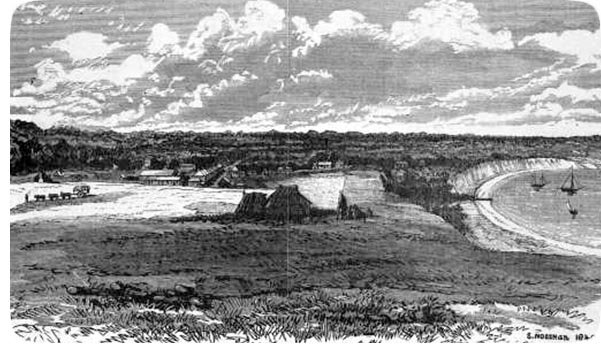
History of Geelong, Victoria, Australia
This resource is brought to you by PAL Accounting & Advisory Geelong.
Geelong is the second-largest city in Victoria, after Melbourne, and has continued to keep its title since the 1930s. Up until John Murray first visited the region, the area was inhabited by the Wathawurrung Indigenous tribe and it is believed no other nonindigenous person was here before.
The area was known as Jillong by the Wathawurrung people, which meant something similar to a place of the sea bird over the white cliffs. In time, due to various reasons, the area became known by its anglicized name Geelong and is now one of Corio Bay’s largest ports.
First European Visits
Based on historical records, Lt John Murray was the first European to visit the region while sailing the Lady Nelson ship. He discovered the region on February 1st 1802, and sent a party to explore it. They spent a few days on land, exploring on foot, and went back on board, where they kept staying in the region until March when the area was claimed for Britain.
A second visit was paid one month later when Matthew Flinders sailed into Corio Bay and charted the entire region. In January 1803, Surveyor-General Charles Grimes sailed into the port as well and mapped the entire area.
The area finally became known as Geelong in 1837, as declared by Governor Richard Burke, and the city started to be surveyed. The name was derived from the Aboriginal word jillong, first believed to mean land or cliffs. Geelong was first mentioned as a town on October 10th 1838 but only became a city officially in 1910.
Development of Geelong
After the 1840s, the city really began to develop, and by the mid-1850s, the population of Geelong grew to 23,000 due to gold being discovered nearby. In 1852, the first Hospital in Geelong was opened, and in 1853 began the development of the Port of Geelong. Development of the city continued with the first Geelong-Melbourne railway that was finished in 1857. One of the most popular department stores in Geelong, Bright and Hitchcocks, was opened around this time as well.
In the following years, Geelong continued to grow, after initially being dubbed the Sleepy Hollow in the 1860s, because cities such as Ballarat and Bendigo developed more due to the gold rush surrounding them. Victoria’s first woollen mill was established in 1868 in Geelong, and the construction of the first shopping centre was finalized in 1893.
Soon followed the growth of the city’s central business district, with banks, insurance companies, and a post office appearing in Geelong.
During the first part of the 1900s, the city continued its industrial growth, with woollen mills, distilleries, and a vehicle plant belonging to the Ford Motor Company.
After World War II, Geelong continued to develop, with more housing options and private home developments. Private vehicles also became the norm, and the first supermarket, belonging to Woolworths, opened in 1965.
The following period made Geelong what it is today, with the city growing to become one of the largest and most well-known ones in Australia.



